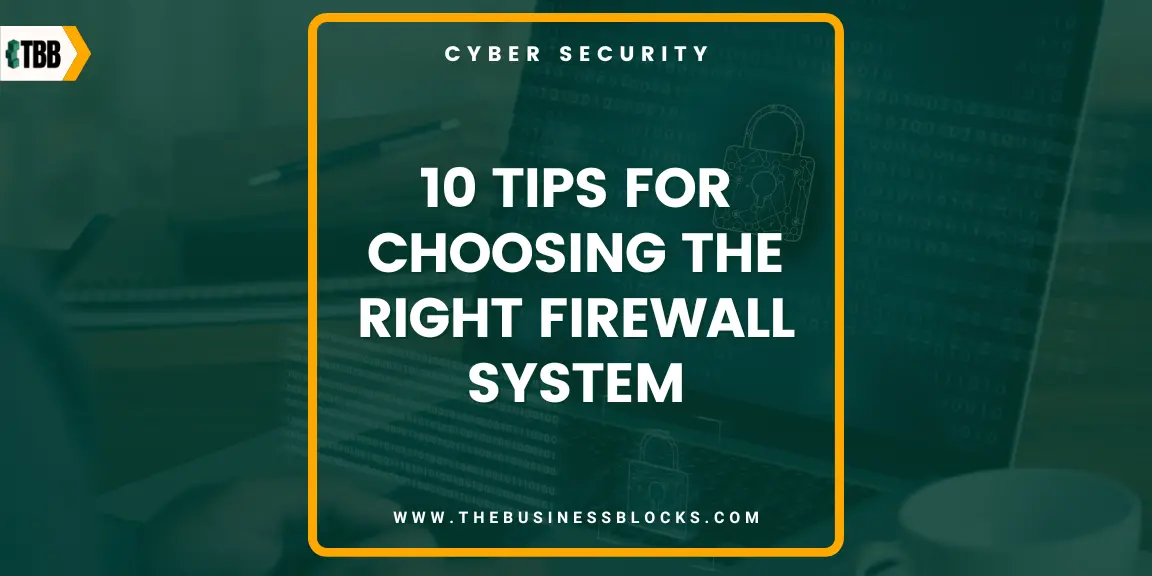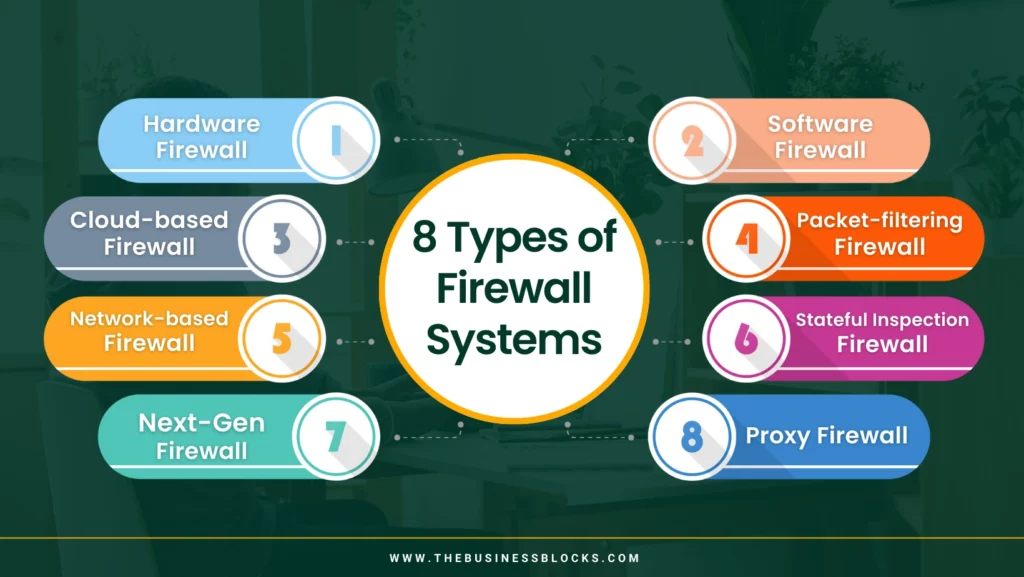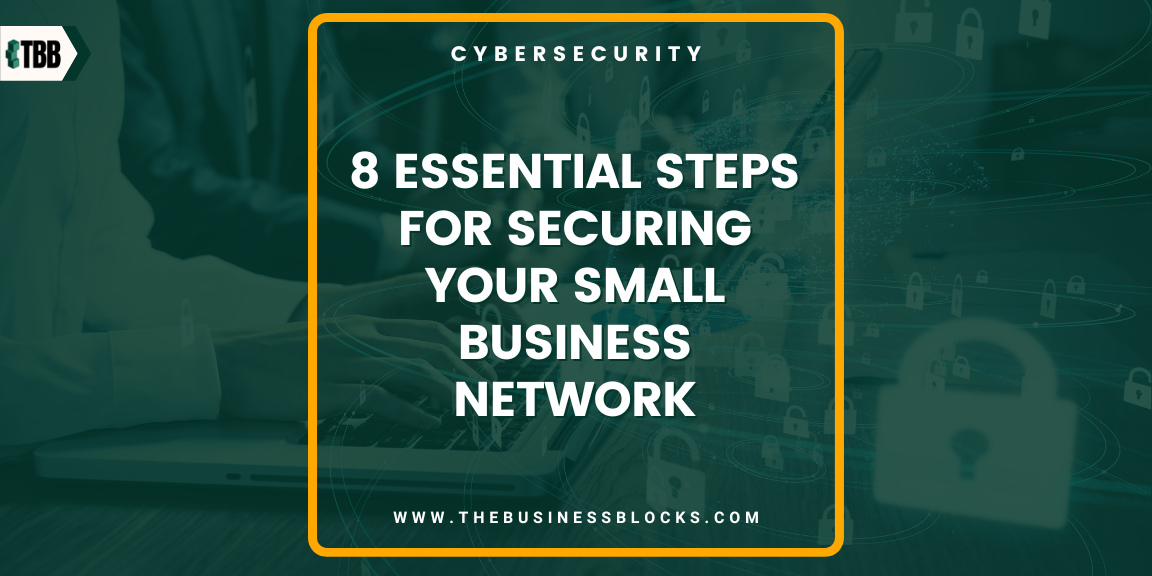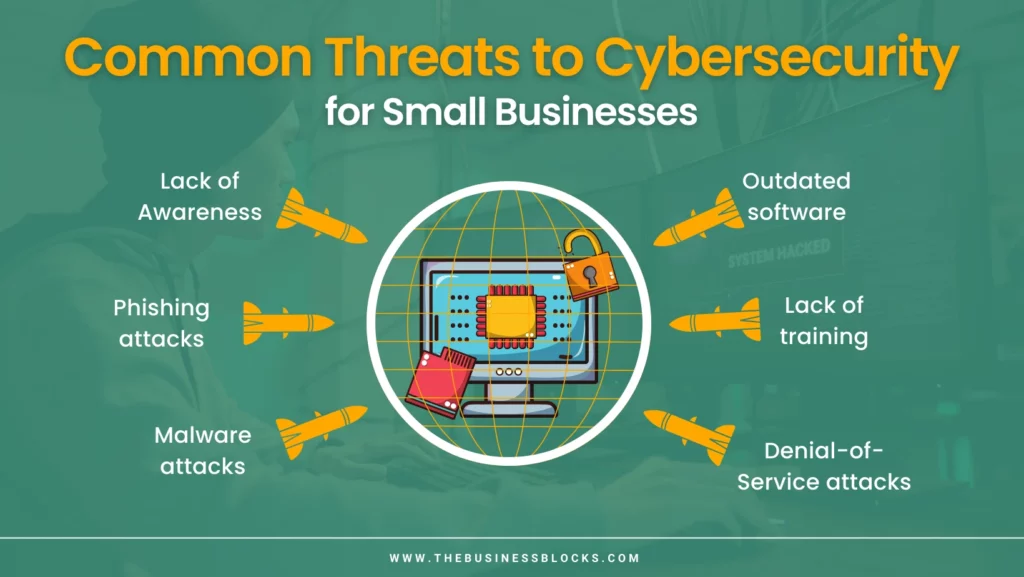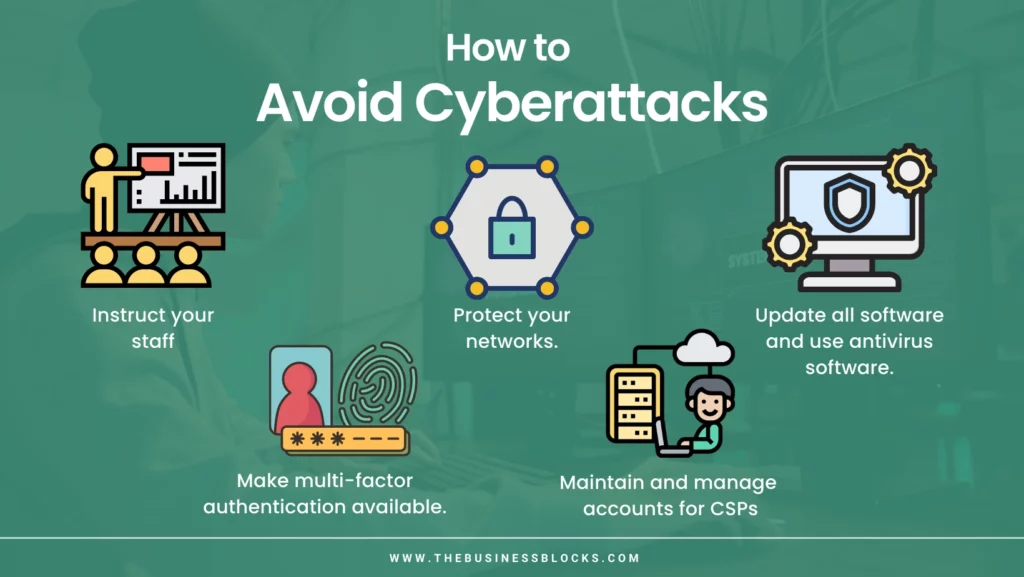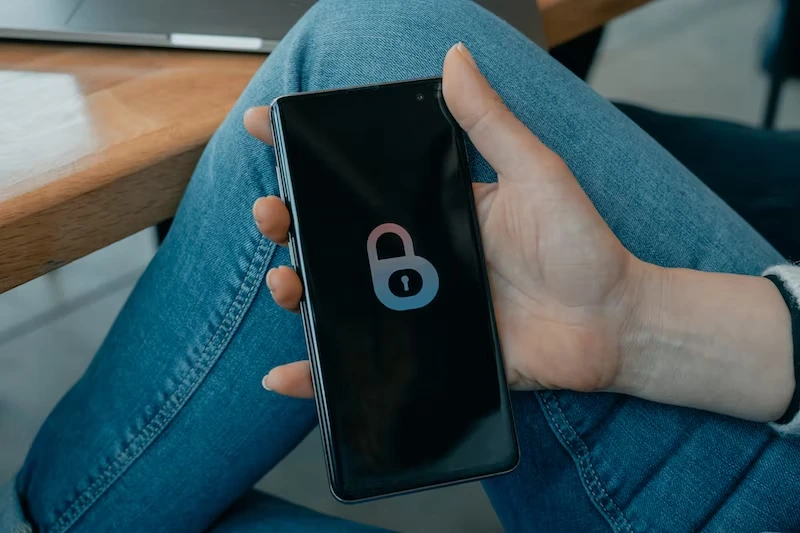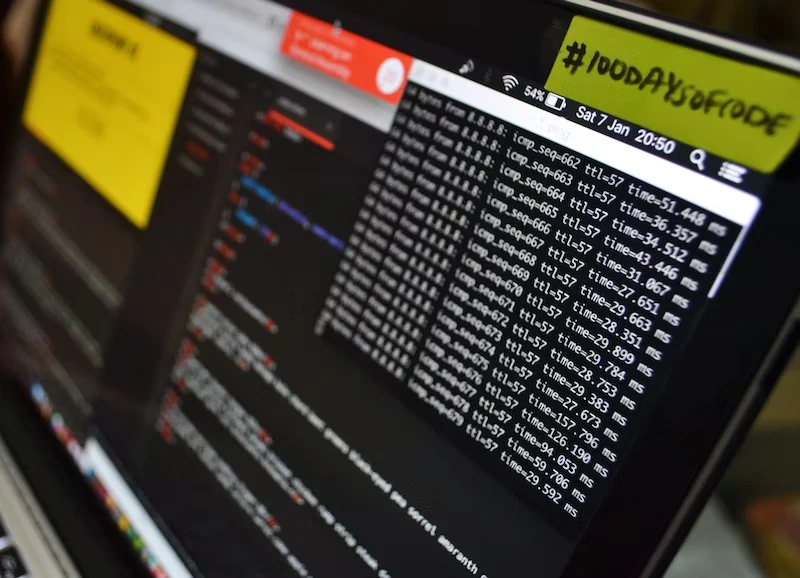In today’s interconnected world, cybersecurity threats and attack vectors pose significant risks to individuals and organizations. Cybercriminals employ various techniques to compromise sensitive information, disrupt operations, and cause financial and reputational damage. Understanding these common cybersecurity threats and attack vectors is crucial for effectively protecting against potential harm.
This article will explore nine key types of cybersecurity threats and attack vectors, exploring their characteristics, impacts, and preventive measures. Additionally, the importance of compliance management systems in mitigating cybersecurity risks will be highlighted, emphasizing the need for organizations to adhere to regulatory frameworks and industry standards.
Malware
It is a broad term encompassing various malicious software infiltrate and damage computer systems. Viruses, worms, Trojans, and spyware are common forms of malware. These programs often disguise themselves as legitimate files or programs, making detection challenging.
Once installed, malware can compromise data integrity, steal sensitive information, and grant unauthorized access to cyber criminals. Protecting against malware requires implementing robust antivirus software, regular system updates, and user vigilance to avoid suspicious downloads or attachments.
Hook, Line, and Sinker
Phishing attacks involve cybercriminals impersonating trusted entities to deceive individuals into revealing sensitive information such as passwords or credit card details. These attacks typically take the form of deceptive emails, messages, or websites that mimic legitimate sources. Users get tricked into clicking on malicious links or providing confidential information, enabling cybercriminals to exploit their data for fraud.
Recognizing phishing attempts, being cautious of suspicious messages, and verifying the legitimacy of websites are essential defenses against such attacks. Additionally, organizations can implement email filters and conduct regular cybersecurity awareness training to educate users about the risks of phishing.
Social Engineering By Manipulating Human Trust
Social engineering is a psychological manipulation tactic cybercriminals employ to deceive individuals into divulging sensitive information or granting unauthorized access. These attacks exploit human trust, emotions, and vulnerabilities to trick victims into compromising their security. Pretexting, baiting, and tailgating are commonly used in social engineering attacks. Raising awareness about social engineering, promoting skepticism, and implementing strict security protocols can help individuals and organizations defend against these manipulative tactics.
Cybercriminals employ social engineering tactics to exploit human vulnerabilities and manipulate individuals into revealing sensitive information or granting unauthorized access. Pretexting, baiting, and tailgating are common techniques used in social engineering attacks, which rely on manipulating trust, emotions, and psychological manipulation. Raising awareness about social engineering, promoting skepticism, and implementing strict security protocols can help individuals and organizations defend against these manipulative tactics.
Ransomware By Holding Data Hostage
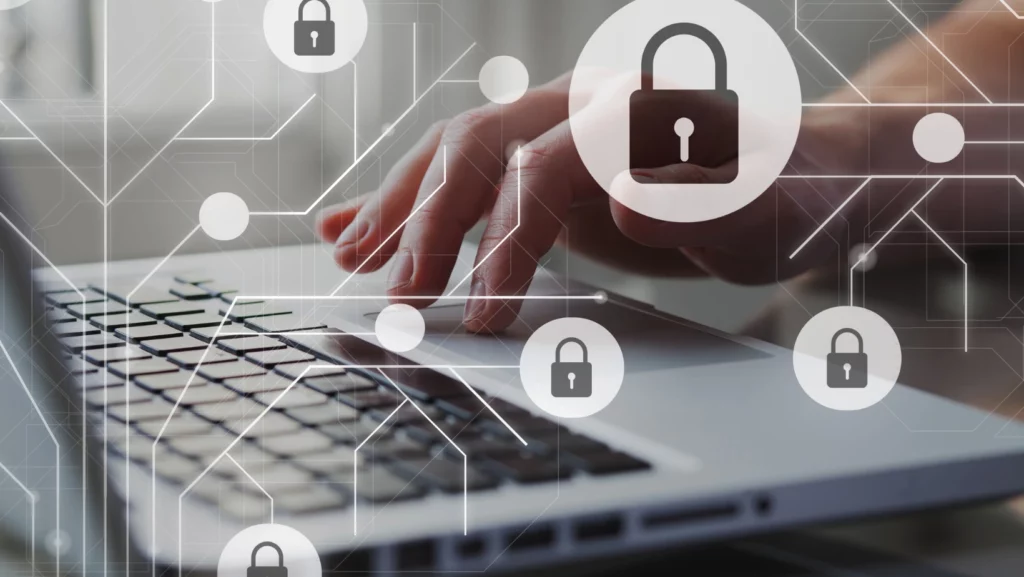
It is a form of malware that encrypts a victim’s data, rendering it inaccessible until a ransom is paid to the cybercriminals. It spreads through malicious email attachments, compromised websites, or vulnerable software. Ransomware attacks can have severe consequences, causing data loss, operational disruptions, and financial harm.
Organizations can defend against ransomware by implementing robust backup strategies, regularly updating software and security patches, and educating users about safe online practices. Incident response plans and offline backups are essential to mitigate the impact of such attacks. Ransomware is a malicious software that encrypts victims’ data, making it inaccessible until a ransom is paid to the attackers.
Ransomware spreads through various means, such as malicious email attachments, compromised websites, or vulnerabilities in software.
Organizations can defend against ransomware by implementing robust backup strategies, regularly updating software and security patches, and educating users about safe online practices.
Overwhelming the Defenses
DDoS attacks attempt to flood a system or network with traffic to the point where it can’t be accessed by legitimate users. These attacks exploit vulnerabilities in network infrastructure and can be launched from multiple sources simultaneously. Mitigating DDoS attacks requires implementing robust network security measures, such as traffic filtering, load balancing, and content delivery networks (CDNs), to handle and mitigate excessive traffic.
Organizations can also leverage DDoS mitigation services provided by cloud service providers to defend against such attacks. DDoS attacks aim to overwhelm a system or network with a flood of traffic, rendering it inaccessible to legitimate users. These attacks exploit vulnerabilities in network infrastructure and can be launched from multiple sources simultaneously. Mitigating DDoS attacks requires implementing robust network security measures, such as traffic filtering, load balancing, and content delivery networks (CDNs), to handle and mitigate excessive traffic.
Insider Threats
Insider threats involve individuals within an organization who misuse their authorized access to compromise security. This could be disgruntled employees, negligent individuals, or those targeted and manipulated by external actors. These threats can result in data breaches, theft of intellectual property, and damage to an organization’s reputation. Mitigating insider threats requires implementing strong access controls, monitoring user activity, and fostering a culture of security awareness.
Regular security training, background checks, and enforcing the principle of least privilege can help mitigate the risks associated with insider threats. Insider threats involve individuals within an organization misusing their authorized access to compromise security. These threats can arise from disgruntled employees, negligent individuals, or those targeted and manipulated by external actors. Mitigating insider threats requires implementing strong access controls, monitoring user activity, and fostering a culture of security awareness.
Password Attacks To Unlock the Gate

Password attacks aim to gain unauthorized access to systems or accounts by cracking or stealing passwords. Cybercriminals use techniques such as brute force attacks, dictionary attacks, and password spraying to exploit weak or easily guessable passwords.
Implementing strong password policies, including using complex and unique passwords, enforcing password rotation, and implementing multi-factor authentication, significantly enhances security against password attacks.
Educating users about password hygiene and the risks of password reuse is essential for individual and organizational security. Password attacks aim to gain unauthorized access to systems or accounts by cracking or stealing passwords. Cybercriminals employ techniques like brute force attacks, dictionary attacks, and password spraying to exploit weak or easily guessable passwords.
Implementing strong password policies, including complex and unique passwords, enforcing password rotation, and using multi-factor authentication, significantly enhances security against password attacks.
Supply Chain Attacks By Targeting the Weakest Link
Supply chain attacks involve compromising a trusted vendor or supplier to gain unauthorized access to target systems. Cybercriminals exploit vulnerabilities in the supply chain to deliver malware or compromise software updates, infecting the target organization’s network.
Vigilant vendor management, conducting security assessments, and establishing strong communication channels are vital in preventing and detecting supply chain attacks. Organizations should prioritize working with trusted partners, implement stringent security requirements in vendor contracts, and conduct regular audits to ensure compliance with security standards.
Zero-Day Exploits Or Unleashing the Unknown
Zero-day exploits target software vulnerabilities that are unknown to the software vendor. Cybercriminals exploit these vulnerabilities before a patch or fix is released, allowing them to launch attacks without detection. Detecting and mitigating zero-day exploits requires proactive vulnerability management, timely software updates, and implementing intrusion detection and prevention systems.
Engaging in responsible vulnerability disclosure practices and fostering collaboration between security researchers and software vendors contribute to reducing the impact of zero-day exploits.
Conclusion:
As our digital landscape evolves, the prevalence and sophistication of cybersecurity threats and attack vectors continue to increase. Understanding these common threats and adopting appropriate preventive measures are crucial for safeguarding sensitive information and maintaining a secure online environment. Compliance management systems significantly mitigates cybersecurity risks, ensuring adherence to regulatory frameworks and industry best practices.
By staying informed, implementing robust security measures, and fostering a culture of cybersecurity awareness, individuals and organizations can effectively defend against cyber threats and protect their digital assets in an ever-changing cybersecurity landscape.



